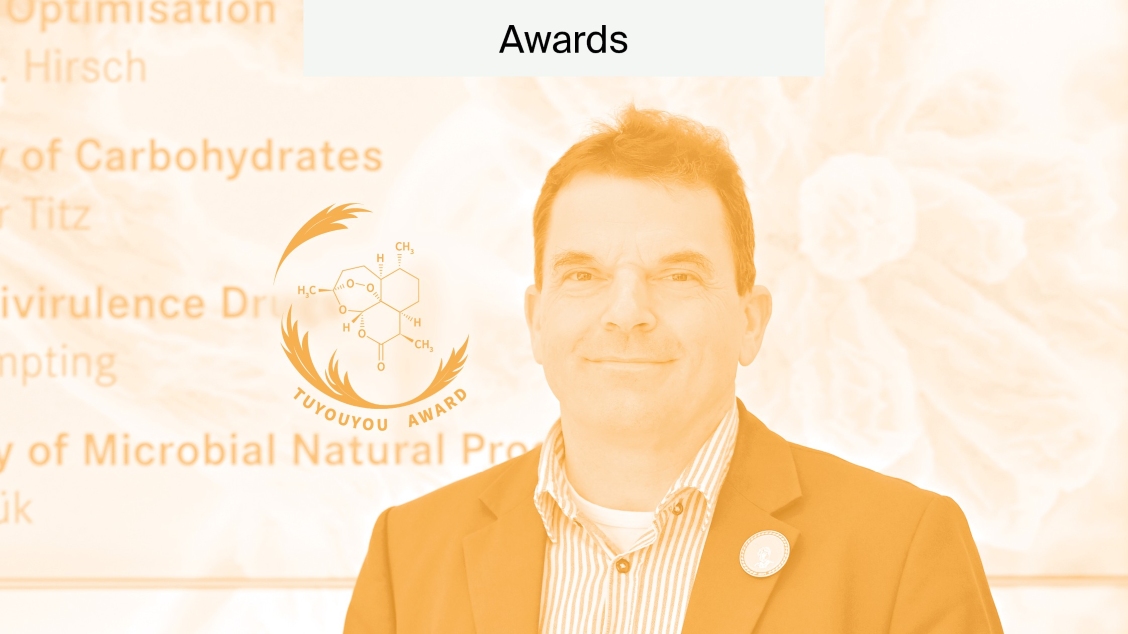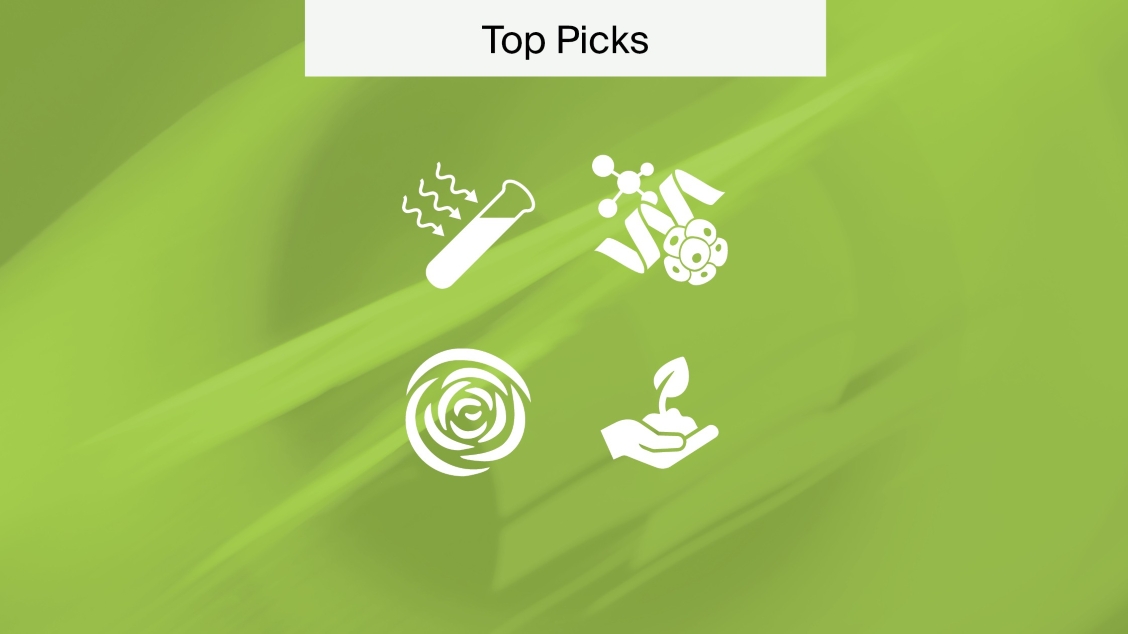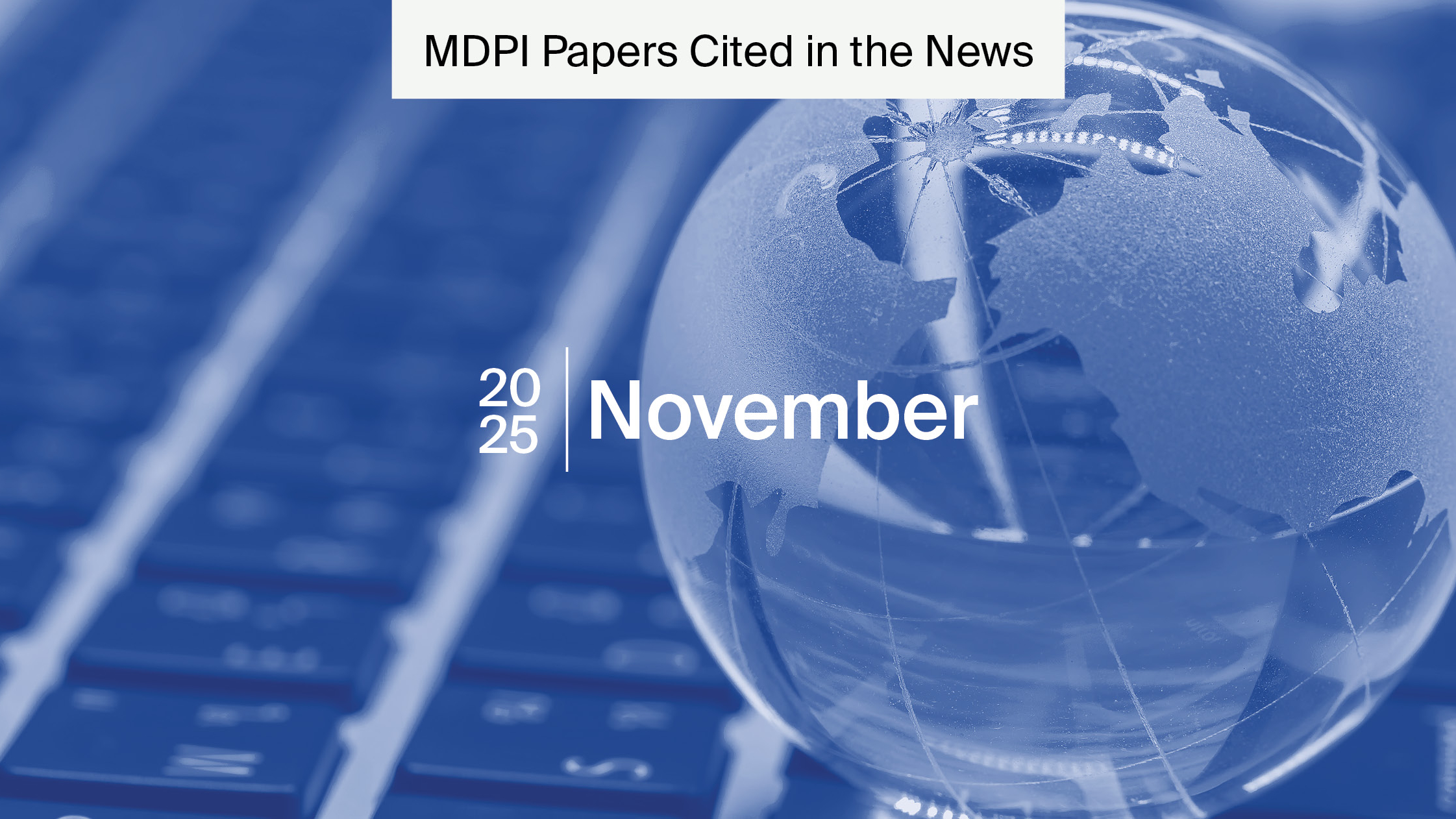
Optimizing Biological Control of Soybean Crop Pest Species
The Brown stink bug Euschistus heros (E. heros) poses a significant threat to soybean crops. To address this resilient species’ impact, researchers tested whether biological controls could be an environmentally friendly alternative to chemical insecticides.
In a study, published in the open access journal Insects, researchers from São Paulo State University and Oklahoma State University optimize biological controls of E. heros using a parasitoid wasp. These efforts aim to support farmers in Brazil by combatting the severe damage to soybean crops that this highly resistant species causes.
In the study, the researchers precisely determined the dispersal range of the parasitoid wasp that neutralizes E. heros. This precision could provide valuable insights for future research on soybean crop biological control strategies, including adjustments to logistics and release techniques based on the crop’s phenological stage.
The Insects article explores the augmentative control program for E. heros used within the study, which serves as a basis for improving the release of the neutralizing biological control—specifically, wasp egg parasitoids—to improve soybean cultivation outcomes.
The impacts of E. heros
Commonly known as the Brown stink bug, E. heros is a neotropical species, widely recognised as one of the major pest species of soybean crops due to its extensive dispersal throughout South America. The species inflicts significant and often irreversible damage to crops by colonizing soybean plants through the insertion of its stylet—the injection of salivary secretions—during the vegetative phase. This secretion is detrimental to soybean cultivation. In addition to soybean crops, E. heros also targets cotton, sunflower, and various other cultivated plant species.
The species gains a foothold on crops by lodging in them during the fall and remaining there until summer. During this time, it accumulates lipids and stays quiescent, a physiological state involving low metabolic activity, without feeding. According to the researchers of the study, damage caused by E. heros to soybean seeds and pods can lead to yield losses of up to 30%. This loss is detrimental to crop production, especially considering that Brazil is a major exporter of soybeans, one of the world’s primary sources of plant-based protein.
Since the species’ efficacy depends on its ability to find hosts, understanding the dispersal capacity of the parasitoid wasp is crucial for enabling producers to adjust biological control logistics and release strategies effectively.
Parasitoid wasp biological control
Parasitoids are small insects whose immature stages develop either within or attached to the outside of other insects. They eventually kill the hosts they feed on, differing from parasites that typically feed on hosts without killing them.
Research has shown that using egg parasitoids in biological control is highly effective in managing various pests, particularly stink bugs and defoliating caterpillars, which threaten soybean crops globally. The parasitoid used as the biological control within this study is the micro wasp Telenomus podisi (T. podisi), first described by American entomologist William Harris Ashmead in 1893.
These parasitoid wasps manage pest species by the T. podisi females locating the eggs of pest species, like E. heros, in plants and laying eggs of their own there. This interrupts the stink bug’s development at an early stage.
“The pest’s eggs become dark in colour and give rise to new wasps instead of bugs. These wasps go on to parasitize more eggs of the stink bug.” – Dr Regiane Cristina de Oliveira, author of the Insects study.
Harnessing the effectiveness of an egg parasitoid involves considering several biological characteristics, especially when developing management strategies and field release methodologies. The researchers explain that the most critical parameters include the development rate, longevity, fecundity, sex ratio, and dispersal capacity of the parasitoid used for biological control.
While numerous studies have been conducted on the laboratory mass rearing of T. podisi and the biotic and abiotic factors influencing its life history, research on T. podisi’s dispersal ability in soybean crops remains limited.
By evaluating the dispersal patterns and parasitism rates relative to the soybean crop’s growth stages, the researchers aim to enhance the field of E. heros biological control. Their goal is to provide producers with guidance on the optimal use of this biological control system, including how many parasitoid wasps to release and the appropriate distance between release points.
Dispersal evaluation
The researchers used semi-variograms and kriging maps to assess the dispersal of T. podisi in infesting sentinel E. heros eggs within a soybean crop during two distinct soybean phenological stages: the beginning of flowering and the grain-filling phase. They performed the dispersal tests in a commercial field situated in Santa Cruz do Rio Pardo, São Paulo. The researchers note the absence of insecticides or fungicides in the field during the trials.
In field conditions, the researchers verified that the parasitoid’s dispersal capacity, influenced by the soybean crop’s growth stage, varied between 31 and 39 meters. They found that, at most, about 60% of the E. heros eggs were parasitized. Based on these results, the research team recommends that the T. podisi release points should be no more than 30 meters apart in order to ensure sufficient control of stink bugs.
Future biological control research
These insights into the dispersal range and timing are expected to assist producers whose crops are affected by E. heros in effectively targeting the species’ eggs in large areas during these optimal phases.
“This [knowledge] optimizes management of the bugs via biological control programs implemented in large areas of monoculture.” – Dr Oliveira.
If you’re interested in learning more about this research, you can access the paper published in Insects. If you would like to read more research in this area, please see the Insects Special Issue “Biological Control as a Crucial Tool to Sustainable Food Production”.










